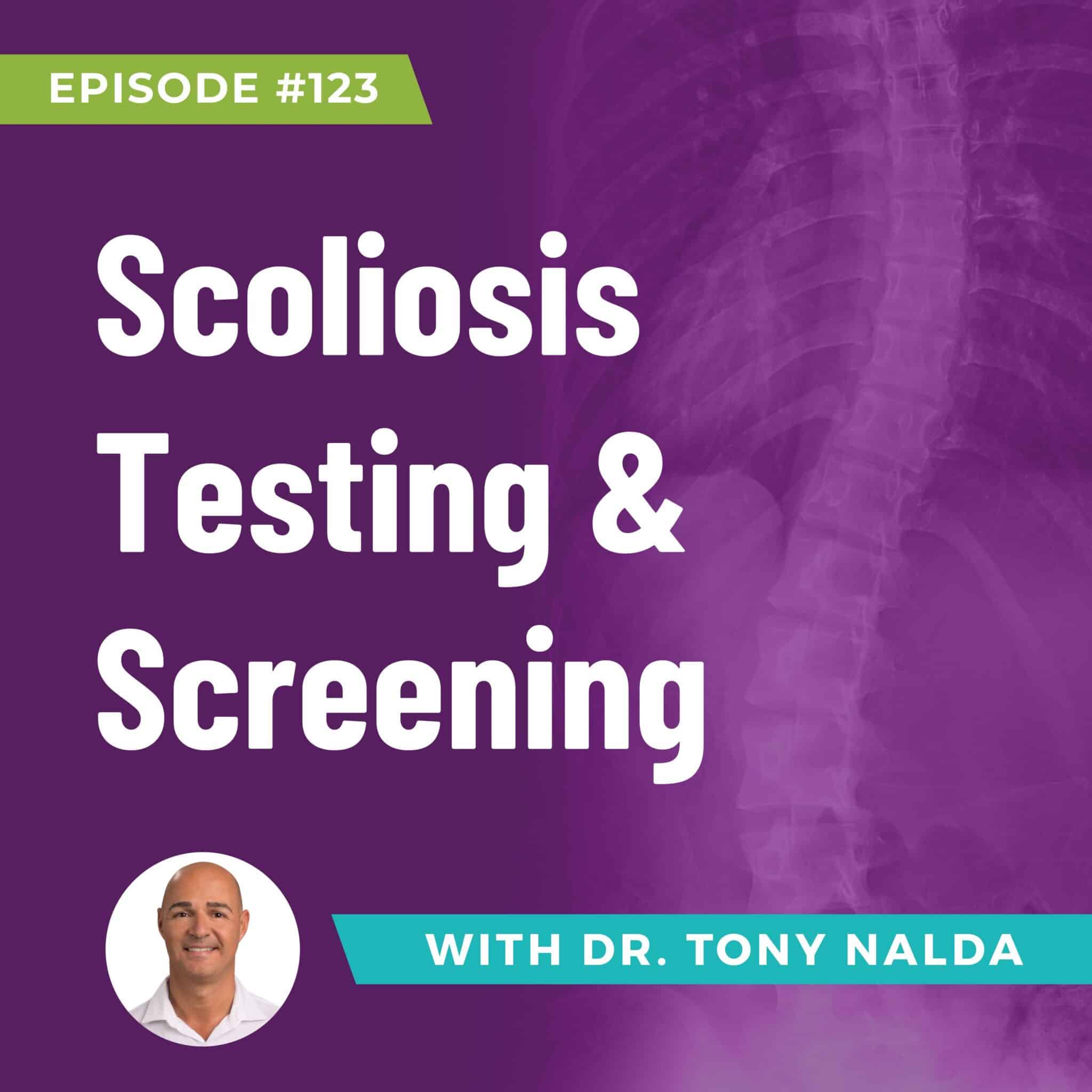Episode 123: Scoliosis Testing & Screening
Table of Contents
Navigating Scoliosis: Early Detection and Proactive Treatment
Welcome to another enlightening episode of "Scoliosis Treatment with Dr. Tony Nalda," where we tackle the crucial aspects of scoliosis screening, detection, and proactive treatment strategies. Understanding scoliosis and its progression is vital for effective management, especially in children and adolescents where growth can dramatically influence the condition's severity.
The Critical Role of Early Detection
Scoliosis is inherently progressive, meaning it tends to worsen over time. Early detection is pivotal as it significantly enhances the potential for positive treatment outcomes, particularly with conservative approaches. The earlier scoliosis is identified—preferably when the curvature is minimal—the more effective treatment can be, helping to avoid severe progression.
Idiopathic Scoliosis in Adolescents
The most common form of scoliosis, idiopathic scoliosis, often remains undiagnosed until a child hits a rapid growth phase during puberty. This period, typically between ages 10 and 18, is when mild curvatures can quickly become severe. Surprisingly, the initial cause of scoliosis may not be present anymore as the rapid growth itself drives the progression of the curvature.
The Importance of Regular Posture Checks
Subtle postural deviations might be the first sign of scoliosis. Uneven shoulders, hips, or an abnormal rib arch in children as young as five to seven can be early indicators. Unfortunately, these signs are often overlooked or dismissed by health professionals and parents alike, only to become pronounced during the growth spurts of puberty.
Challenges in Scoliosis Screening
Standard screening methods, like the Adams Forward Bending Test, are designed to detect more obvious thoracic scolioses but can miss less pronounced curves or atypical forms like S-shaped scoliosis. This method, often employed in school screenings, might not capture a developing scoliosis if the child has not yet entered their peak growth phase.
Proactive Treatment Strategies
Proactive treatment for idiopathic scoliosis, particularly when curves are still below 25 degrees, can lead to much better outcomes. Treatments focus on utilizing growth phases to correct spinal alignment, rather than just containing progression. For smaller, more flexible curves, treatment can effectively prevent the need for invasive procedures like spinal fusion surgery later in life.
The Role of Comprehensive Evaluation
For families with a history of scoliosis, or when any postural deviation is observed, taking immediate action is recommended. This involves thorough physical examinations and possibly X-rays to confirm the diagnosis and determine the extent of scoliosis. Early, conservative treatment can substantially alter the disease's trajectory, improving the quality of life and physical function.
Conclusion
Detecting and treating scoliosis early, especially before major growth spurts, can significantly impact the severity of the condition. Regular posture assessments during critical growth phases and understanding the signs can help catch scoliosis at a manageable stage. If you suspect scoliosis, consult a specialist experienced in pediatric and adolescent scoliosis for a comprehensive evaluation and tailored treatment plan.
Stay informed and proactive in scoliosis management by subscribing to our podcast and visiting our website for more resources and guidance on conservative treatment options. Join us next time as we continue to provide insights and support for those navigating the complexities of scoliosis.
Artlist.io 847544
Podcast: Play in new window | Download
Subscribe: RSS
Dr. Tony Nalda
DOCTOR OF CHIROPRACTIC
After receiving an undergraduate degree in psychology and his Doctorate of Chiropractic from Life University, Dr. Nalda settled in Celebration, Florida and proceeded to build one of Central Florida’s most successful chiropractic clinics.
His experience with patients suffering from scoliosis, and the confusion and frustration they faced, led him to seek a specialty in scoliosis care. In 2006 he completed his Intensive Care Certification from CLEAR Institute, a leading scoliosis educational and certification center.
About Dr. Tony Nalda
 Ready to explore scoliosis treatment? Contact Us Now
Ready to explore scoliosis treatment? Contact Us Now








